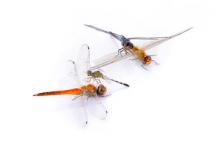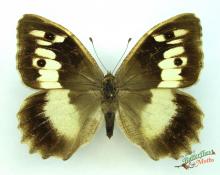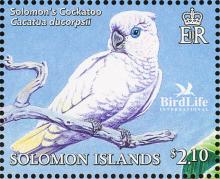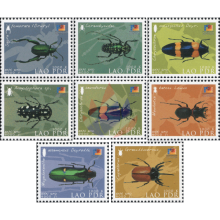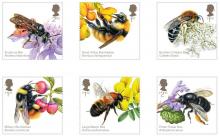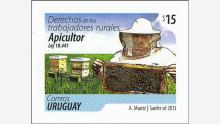Comparative ecotoxicity of imidacloprid and dinotefuran to aquatic insects in rice mesocosms
In this study, effects of two neonicotinoid insecticides, imidacloprid and dinotefuran, on aquatic insect assemblages were evaluated in experimental rice mesocosms. During the 5-month period of the rice-growing season, residual concentrations of imidacloprid were 5–10 times higher than those of dinotefuran in both soil and water. Imidacloprid treatment (10 kg/ha) reduced significantly the populations of, Crocothemis servilia mariannae and Lyriothemis pachygastra nymphs, whereas those of Orthetrum albistylum speciosum increased slightly throughout the experimental period.

